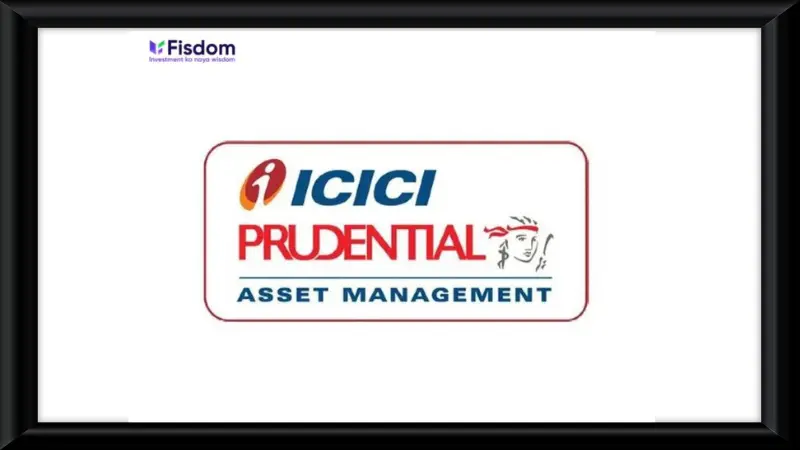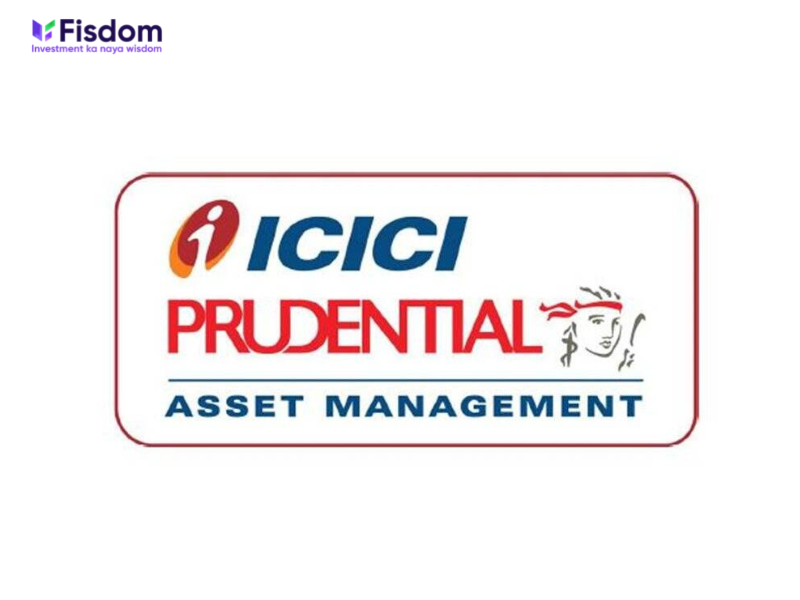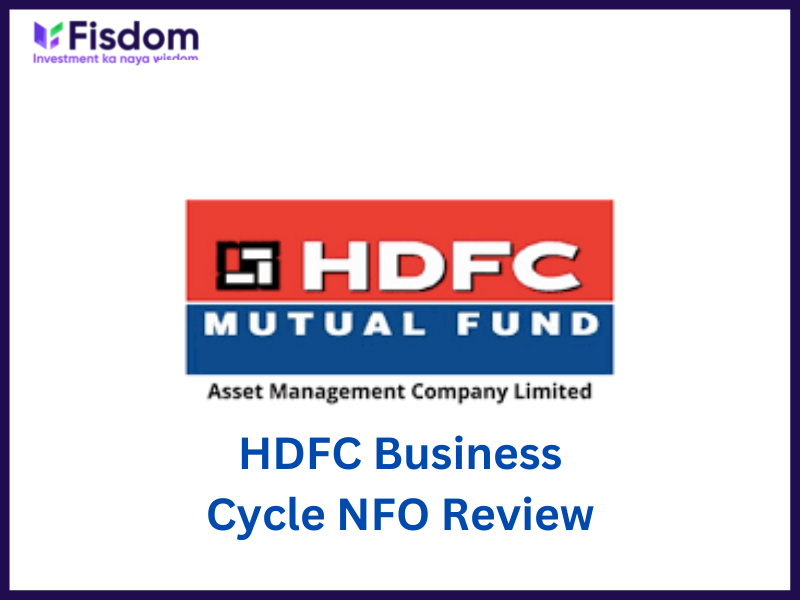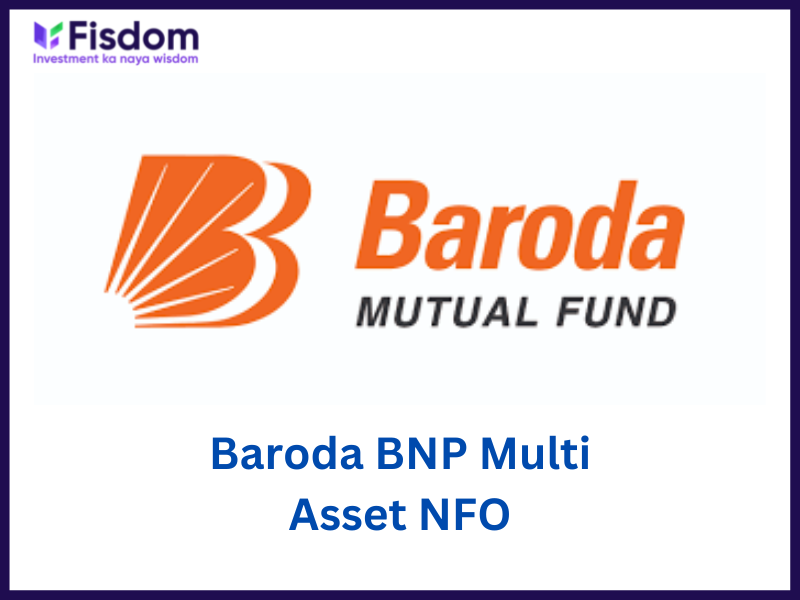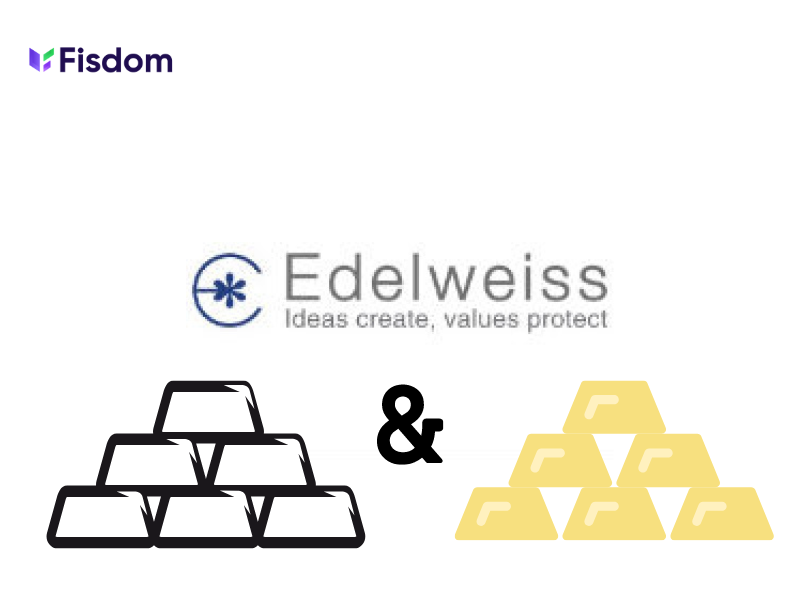
Edelweiss Asset Management Limited recently launched the Edelweiss Gold and Silver ETF Fund of Fund. This open-ended scheme will mainly invest in Gold and Silver Exchange Traded Funds (ETFs) and will be jointly managed by Bhavesh Jain and Bharat Lahoti. A first of its kind in India, this fund will allow investors to gain exposure to both precious metals, gold and silver.
The new fund offer (NFO) opened for subscription on August 24, 2022, and closes on September 7, 2022.
Investment objective of the fund
The scheme’s investment objective is to fetch returns by mainly investing in Gold and Silver ETFs. By adopting the Fund of Funds structure, the scheme aims to deliver better convenience, affordability, and liquidity to investors who want to gain exposure to physical gold and silver. It will provide a more cost-effective and liquid investment option as compared to physical Gold and Silver. Although the scheme will focus on generating returns as per the benchmark index, its performance may differ due to tracking error associated with the underlying exchange-traded funds.
Why should you apply for the NFO?
Hedge against inflation: Gold and silver investments are known to act as a hedge against inflation. By investing in this scheme, investors can diversify their portfolios while hedging against inflation through the returns.
Low correlation to equities: Gold and silver performance has a lower correlation to equities. Since gold is generally counter-cyclical as compared to equities, it offers stability across investment cycles. Silver tends to outperform gold during bull market conditions as there is significant industrial demand during such phases. Investors can therefore use this FoF to diversify their investment portfolio.
Alternative to physical gold/silver: Since a gold & silver ETF tracks the domestic physical gold price, it is as good as investing in gold and silver to fetch returns. Investing in this fund will allow investors to avoid taking on the burden of managing physical gold and silver but still receive returns. This form of investment also offers higher liquidity as compared to physical gold/silver investments.
Lower cost of investment: While physical gold and silver investment can result in higher cost of storage and other fees, an ETF is passively managed and therefore has a lower expense ratio. This means a lower cost of investment.
Risks associated with NFOs
Since there is no historical performance track record of NFOs, investors must be cautious before investing in them. It is wise to consider factors such as personal risk appetite, investment goals, the current size of assets under management of the fund house, the fund manager’s reputation, etc. before investing in NFOs.
Fund details
| Scheme name | NFO details for Edelweiss Gold & Silver ETF FOF |
| Type of Scheme | An open-ended fund of funds scheme investing in units of Gold ETF and Silver ETF |
| Category of the scheme | Fund of Fund |
| Benchmark | London Bullion Market Association prices |
| Fund Manager | Mr Bhavesh Jain & Mr Bharat Lahoti |
| Exit Load | If redeemed/switched within 1 month from the allotment – Up to 1% of the NAVIf redeemed/switched after 1 month from the allotment – NIL |
| Minimum Investment | Rs. 5,000 and multiples of 1 thereafter. |
| Expense Ratio | Unknown |
| NFO Period | 24 Aug 2022 – 07 September 2022 |
| Risk level | Very high risk |
Where can you invest in the NFO?
Head over to the Fisdom App to invest in this NFO.
FAQs
NFO (New Fund Offer) is launched by the Asset Management Companies (AMCs) to generate funds for launching a new mutual fund. These funds are then pooled to buy the shares or other securities as per the fund’s mandate or the guidelines based on which the fund is launched. NFOs are like IPOs where all the relevant details of the funds are provided at the time of their launch and the units of the fund are usually set at Rs. 10 per unit for a subscription. SEBI guidelines allow the NFOs to be active for a maximum period of 30 days following which the units of the fund are traded based on their daily NAV.
NFOs, at the time of their launch, are launched in two categories namely close-ended funds and open-ended funds. The details of each type of fund are mentioned below.
Open-ended funds
The majority of mutual funds are launched as open-ended funds. Investors can subscribe to the fund at the nominal rate (usually Rs. 10 per unit) during the NFO period. After the NFO period, when the units are traded based on the daily NAV, the investors stand to gain huge capital gains depending on the performance of the fund.
Close-ended funds
Close-ended funds, on the other hand, do not allow the investors to subscribe to the fund after the NFO period is closed.
Investing in NFOs is a very good opportunity to maximize the returns as the units can be subscribed at nominal rates and the returns are potentially higher based on the prevailing NAV at the time of redemption. However, there are several points that need to be considered while subscribing to an NFO. Some of such points are highlighted below.
a)Track record of the AMC
NFOs are offered for the new mutual fund so no proven track record can be reviewed by investors to make an informed investment decision. The investors have to therefore rely on the reputation of the AMC and other details mentioned in the NFO to make an investment decision.
b)Expense ratio (if mentioned)
NFOs need a good amount of publicity to make the investors aware of the fund and the investment opportunity. It is therefore essential for the investors to check the expense ratio of the fund and ensure that it does not outweigh the net gains.
c)Check if the fund is in correlation to the existing portfolio
Recently there have been many NFOs in the market that investors can choose from. However, while selecting the fund the investors must check if the fund is not similar to an existing fund in their portfolio. For example, if the fund is a large-cap fund and the investor already has one or two similar funds in their portfolio, investing in another will not add much value to the net returns or the diversification of the portfolio. On the other hand, many NFOs can be sector-specific or country-specific. In such a case, investors have to check if the fund is in line with other factors like their risk-return profile and investment goals.
d)Review the SID carefully
Reviewing the SID (Scheme Information Document) is a crucial step that should not be missed by investors while investing in NFOs. It contains all the relevant information about the fund managers, their qualifications, and experience which is crucial for the funds’ performance. Other relevant information includes the investment profile of the fund, target sectors or securities, benchmark index, asset allocation ratio, etc. This helps the investors understand the returns expectation of the fund as well as the target investments where the fund will invest the pooled funds. Investors having a risk-return profile in line with that of the fund can thus invest in such funds.
Investment in NFOs can be done through two main routes i.e., the online or offline modes. The details of the same are mentioned below.
a)Online mode
The online mode of investment is suitable for investors already having a Demat account and a trading account. Investors can simply select the NFO and invest by selecting the number of units to invest and paying for the same through online payment modes available on the platform.
b)Offline mode
The offline mode of investment in NFOs is through registered brokers and distributors. Investors can contact their brokers and distributors providing them with the details of the amount to be invested and they can invest in the selected NFOs on their behalf. Investors can make hassle-free investments through such modes as all the necessary forms to be filled and the formalities to be met are looked after by these entities giving investors the benefit of ease of investment. The charges for such services are nominal when compared to the potentially high returns.














